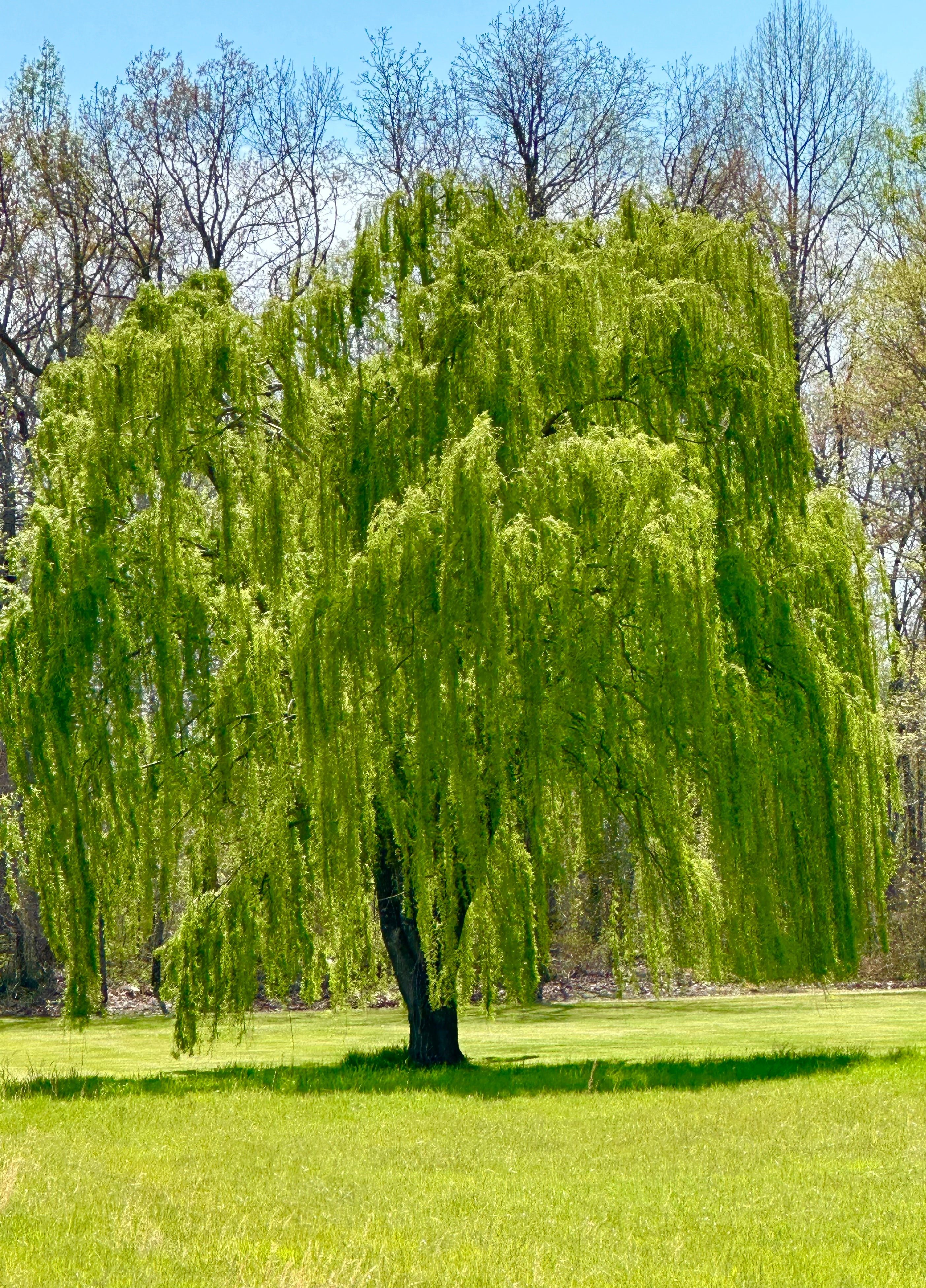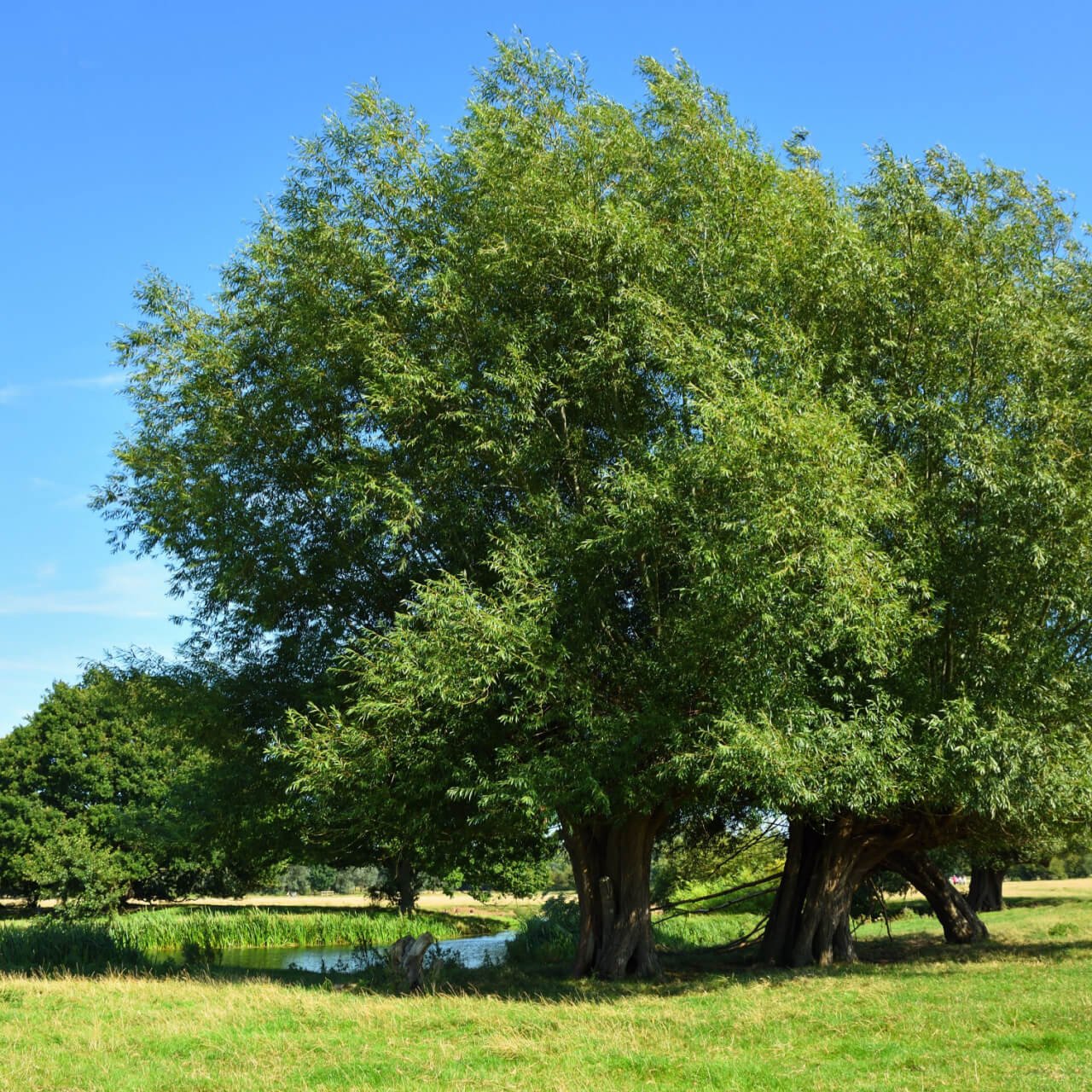All About the Swamp Willow
The Swamp Willow tree is a medium-sized tree that grows in North America. The Swamp Willow is the largest of its kind. It can grow 10-30 meters tall, with the highest being 45 meters tall when fully mature. Measurement of the trunk can grow to about 20-30 inches. The Swamp Willow is also commonly known as the Black Willow. You can find these trees on the middle and east sides of the U.S. as well as Canada. The largest group of these trees can be located along the Mississippi River. That is an excellent tree to plant for land that needs stabilizing erosion.
The soil and growth
The Swamp Willow can grow in almost any soil type, although it needs plenty of moisture and continuously in the growing season due to the nature of the roots. They are most commonly found in swamps and on river margins and any land that is known to be full of water moisture in the soil. It can grow best in average temperatures between 59 and 93 degrees Fahrenheit. In the first year, the tree can grow 1.2 inches tall.
The tree can grow to an average of 15 inches tall in ten years. In 20 years, it can grow to an average of 22 inches tall. In 40 years, it can grow up to 31 inches tall. The tallest at full maturity will reach up to 43 inches tall. It can take 55 years for full maturity. The tree has a lifespan of 70-85 years. As it is a week tree, the branches can break off much more comfortably when it reaches full maturity.
Either with heavy winds or by lack of trimming. Space 21x the stem diameter when planting your tree. Thinning your tree as it grows will also increase your yield. That allows it to become taller and more extensive in width. Also, it allows the weight of the tree not to be overbearing.
Usefulness in landscaping
These trees are often used for the flexibility and lightness of their wood, once used for artificial limbs as it does not splinter easily. It is still used today for crates and boxes. In your landscape, however, it can do many beneficial things for your garden. The bark and the leaves have tremendous healing power for Rheumatism. From the bark, salicylic acid is extracted and used as the primary ingredient for aspirin.
The tree's root is also authoritative in healing patients with malaria and babesiosis. The tree is very useful in erosion protection as it is flooded-resistant and herbivore-resistant. If your soil in your garden has toxins in it, the Swamp Willow tree with suck it up and take it in, relieving your land of the vapor. The vapors are then dissipated through the leaves of the tree. In season it is one of the first trees that the honey bees go to for pollen.
Appearance
The Swamp Willow is dark brown to black in the bark, and it forks near the bottom of the bark. The tree shoots are very slender and vary from green, brown, yellow, or purple. The foliage buds are 2-4 millimeters long, with a one-pointed reddish-brown bud scale. The leaves can be 2-6 inches long with either a shiny or light green on one or both sides. It will grow greenish-yellow flowers in the spring as new leaves appear. The tiny fruit is a 5-millimeter capsule size that splits when mature and spills the seeds out.
Purchase your Swamp Willow today at TN Nursery
Read more

The tree's trunk is a single, thick, hard bark, unlike most short plants with a thin stem. The bark is often used in the manufacturing and food industries.

Wild geranium, scientifically known as Geranium maculatum, is a charming and versatile plant that has captured the hearts of gardeners for centuries. It is native to North America and thrives in wo...




